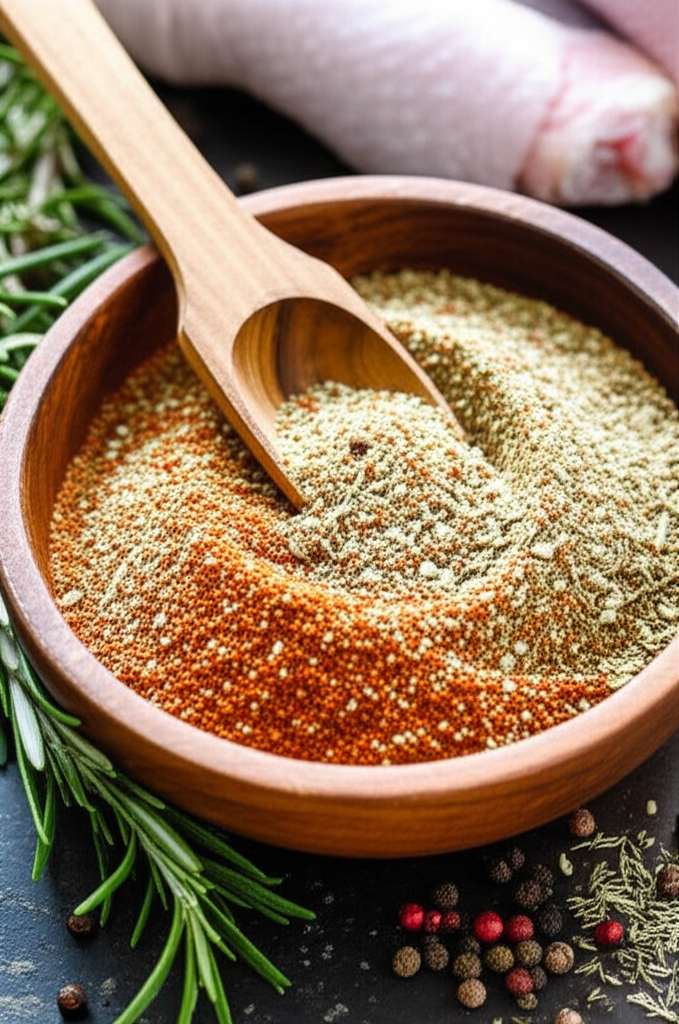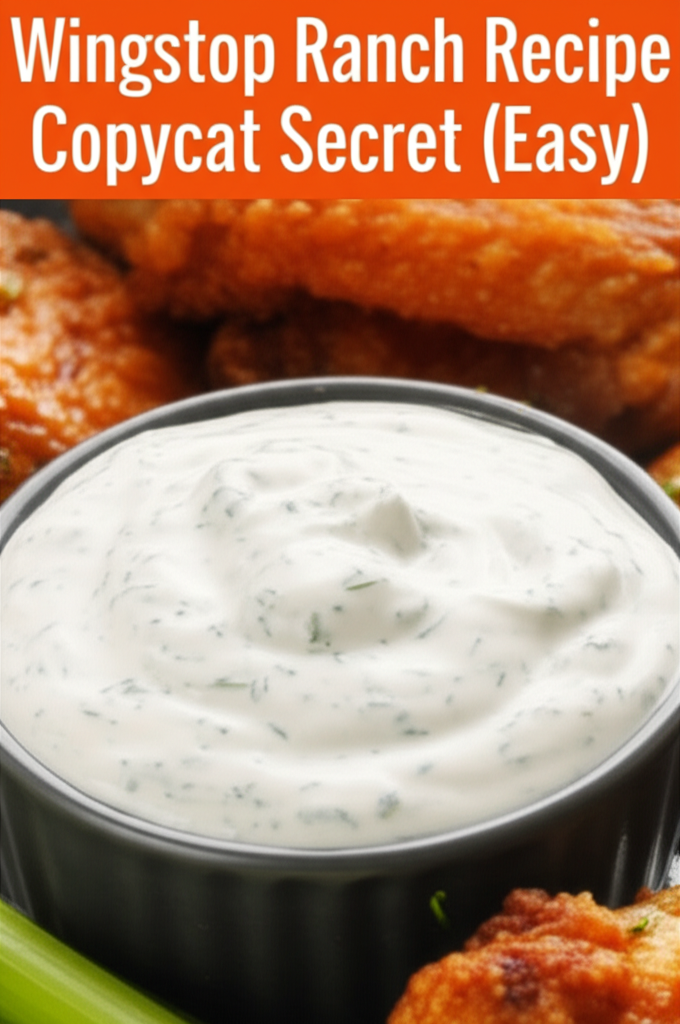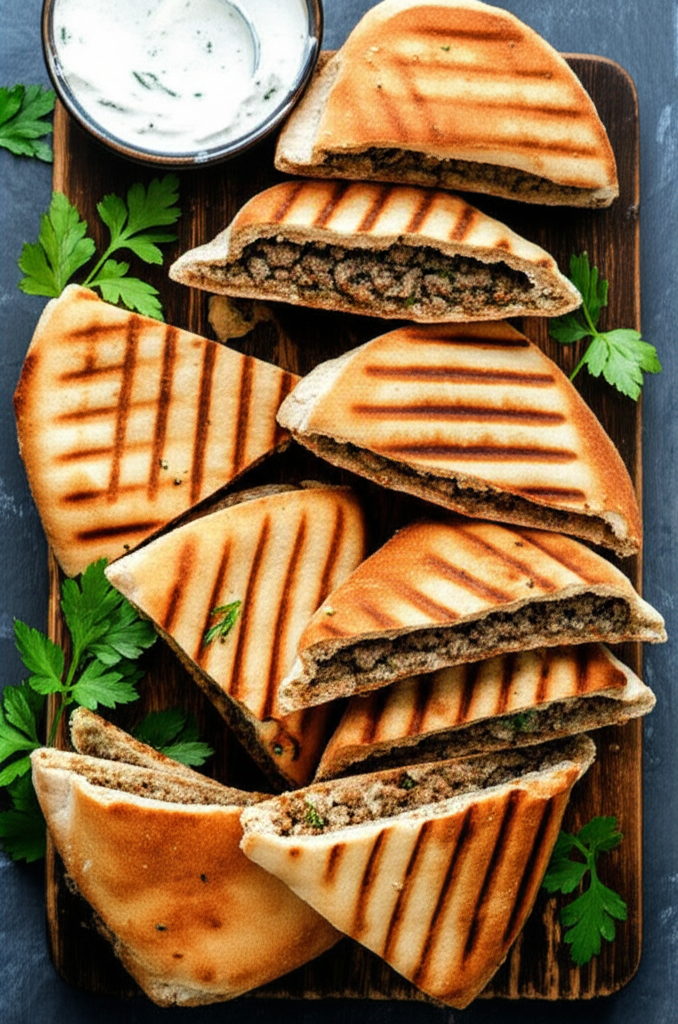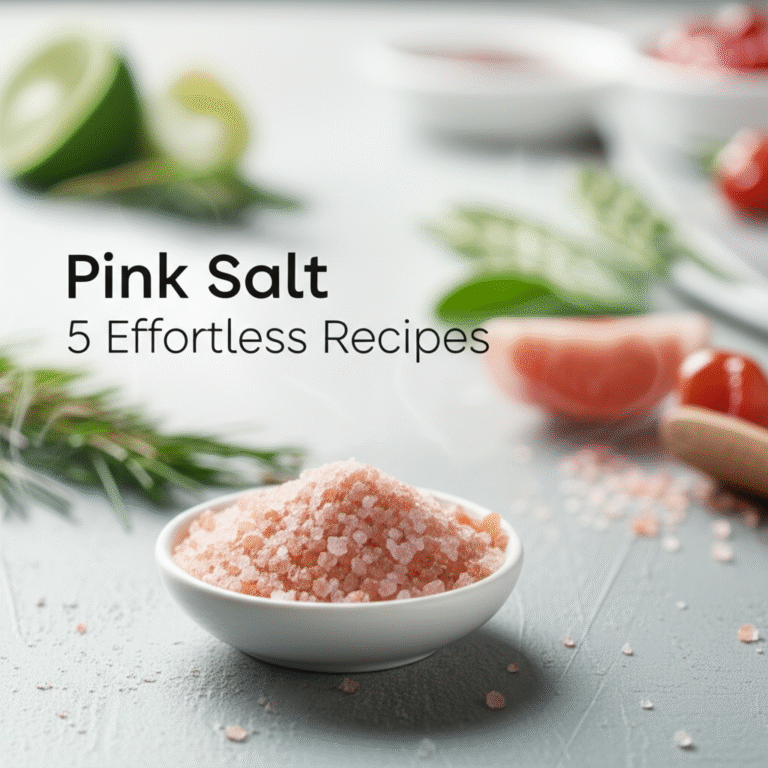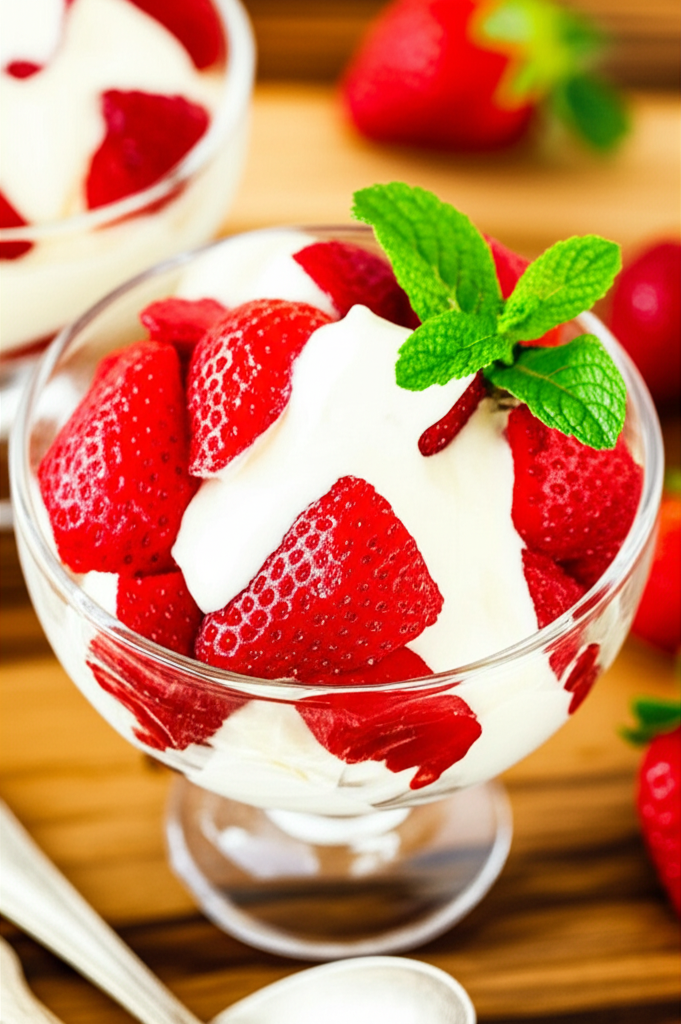ginger bug recipe
How to Make a Ginger Bug: A Comprehensive Guide
Quick Answer
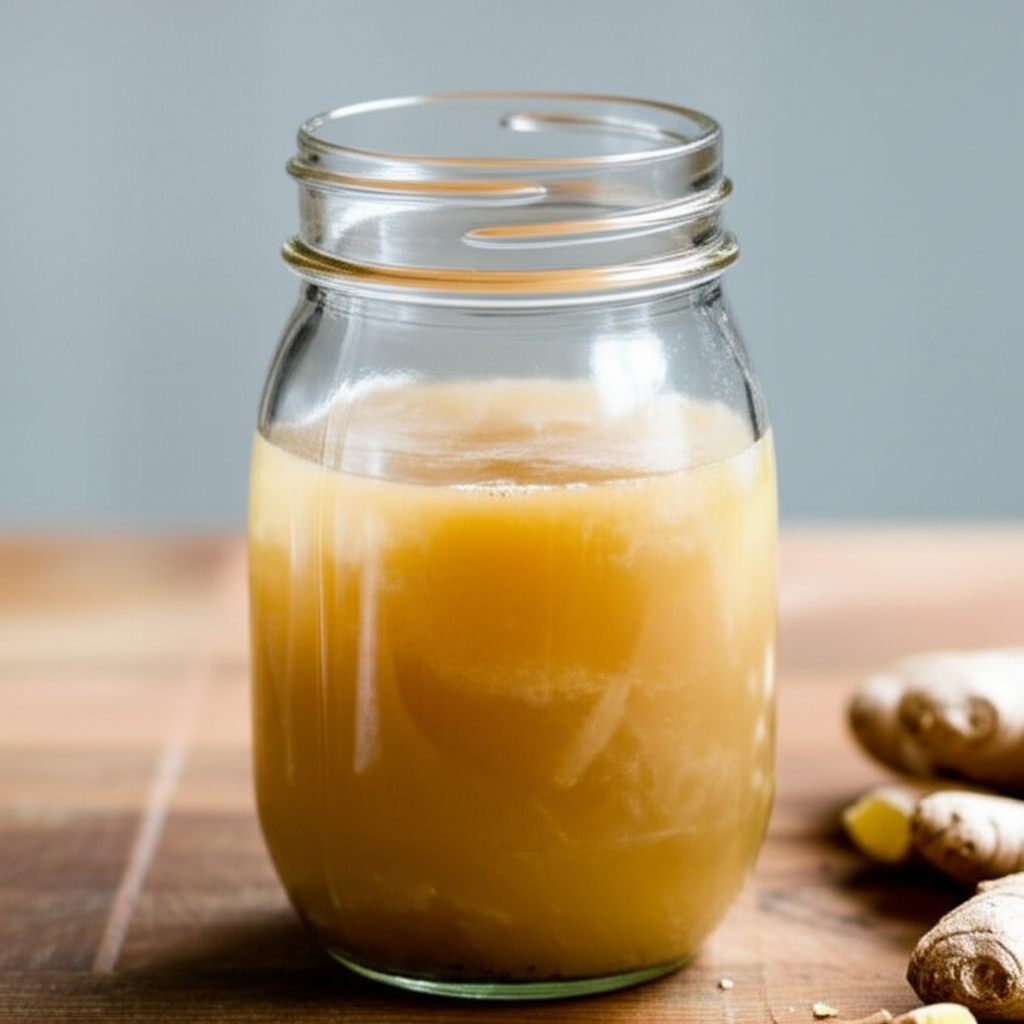
Ginger bug is a natural starter culture used to make delicious probiotic sodas and other fermented beverages at home. It’s made by fermenting ginger, sugar, and water, creating a bubbly, tangy base full of beneficial bacteria and yeasts. This simple starter (fermentation time: 3-7 days) requires minimal equipment, allowing you to craft unique, fizzy drinks without specialized tools.
Making Your Own Ginger Bug
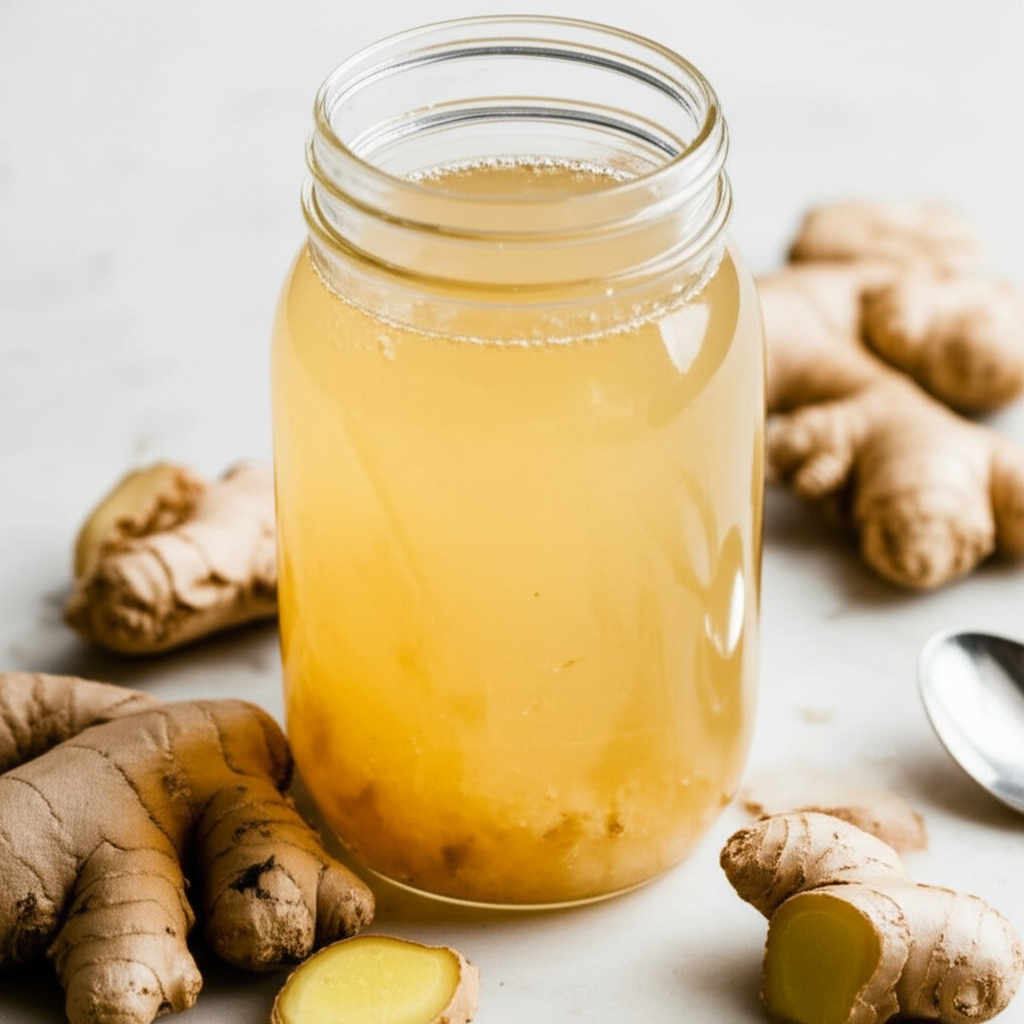
Ginger bug is a surprisingly simple ferment to create. With just a few ingredients and a little patience, you can have a bubbling, lively starter culture ready to transform ordinary drinks into probiotic powerhouses.
What is a Ginger Bug?
A ginger bug is a natural starter culture for fermented beverages, primarily ginger ale, ginger beer, and other fruit-based sodas. Unlike commercial sodas loaded with refined sugar and artificial ingredients, ginger bug sodas offer a refreshing, healthier alternative, rich in probiotics that benefit gut health. These beneficial bacteria aid digestion and contribute to overall well-being. The ginger bug itself provides a tangy, slightly sweet, and subtly spicy foundation for your homemade bubbly creations.
Benefits of Using a Ginger Bug
Beyond its delicious taste, making sodas with a ginger bug boasts numerous benefits:
Probiotic Powerhouse: Ginger bug sodas are teeming with beneficial bacteria that support gut health.
Natural & Healthy: You control the ingredients, avoiding artificial sweeteners, preservatives, and excessive sugar found in commercial sodas.
Cost-Effective: Making your own soda is significantly cheaper than buying commercial alternatives, especially considering a ginger bug can last indefinitely with proper care.
Creative Flavor Combinations: With a ginger bug as your base, you can experiment with an endless variety of fruits, herbs, and spices to create unique and personalized soda flavors.
Ingredients and Equipment
Fresh Organic Ginger: Choose firm, plump ginger roots (amount: roughly 2 inches to start) with smooth skin. Organic ginger minimizes pesticide residue and often has more vibrant flavor.
Unchlorinated Water: Chlorine can inhibit fermentation, so opt for filtered or spring water. Tap water can be used if allowed to sit uncovered for 24 hours to dissipate chlorine.
Granulated Sugar: Start with high-quality sugar (initial amount: 2 teaspoons). Raw or organic options work well too. Avoid sugar substitutes as these may not ferment properly.
Clean Glass Jar: A 1-pint or larger jar is ideal. Wide mouths are easier to work with.
Cloth Cover and Rubber Band: Secure a breathable cloth cover over the jar with a rubber band to prevent dust and insects while allowing gases to escape.
Step-by-Step Ginger Bug Instructions
1. Initial Preparation (Day 1): Grate or finely chop roughly 2 inches of peeled ginger (about 2 tablespoons). Combine this with 2 teaspoons of sugar and ½ cup of unchlorinated water in your clean jar. Stir well to dissolve the sugar. Cover with the cloth and secure it with a rubber band.
2. Daily Feeding (Days 2-7+): Each day, feed your ginger bug 1 teaspoon of grated ginger and 1 teaspoon of sugar. Stir gently. Continue this daily feeding until you see bubbles consistently forming, a sign of active fermentation (number of days: typically 3-7, depending on room temperature).
3. Testing for Readiness: A mature ginger bug should be bubbly and slightly cloudy. The mixture will also have a tangy-sweet aroma, smelling faintly of ginger and yeast. To conduct a float test, drop a small piece of ginger into the bug: if it floats, your bug is ready.
4. Maintenance: Once active, store your ginger bug in the refrigerator. Feed it once a week with 1 teaspoon of ginger and 1 teaspoon of sugar to keep it lively and thriving.
Brewing Soda with Your Ginger Bug
Now for the fun part! Brewing soda with your ginger bug is straightforward:
1. Flavor Base Preparation: Create a sweetened liquid by dissolving sugar (amount: ½-¾ cup per liter) in water, along with any desired fruit juices, herb infusions, or spice extracts.
2. Bottling for Secondary Fermentation: Strain your ginger bug through a fine-mesh sieve into a clean bottle, removing the ginger pieces. Add your flavored liquid, leaving about an inch of headspace at the top to allow for carbonation.
3. Carbonation and Storage: Seal the bottle tightly and leave it at room temperature for 1-3 days for secondary fermentation, allowing the soda to carbonate naturally. Refrigerate to slow down fermentation and enjoy your fizzy creation when desired carbonation is achieved.
4. Burping and Safety: Burp your bottles daily during secondary fermentation, especially in warmer climates, to release excess pressure and avoid explosions.
Checklist for Ginger Bug Success
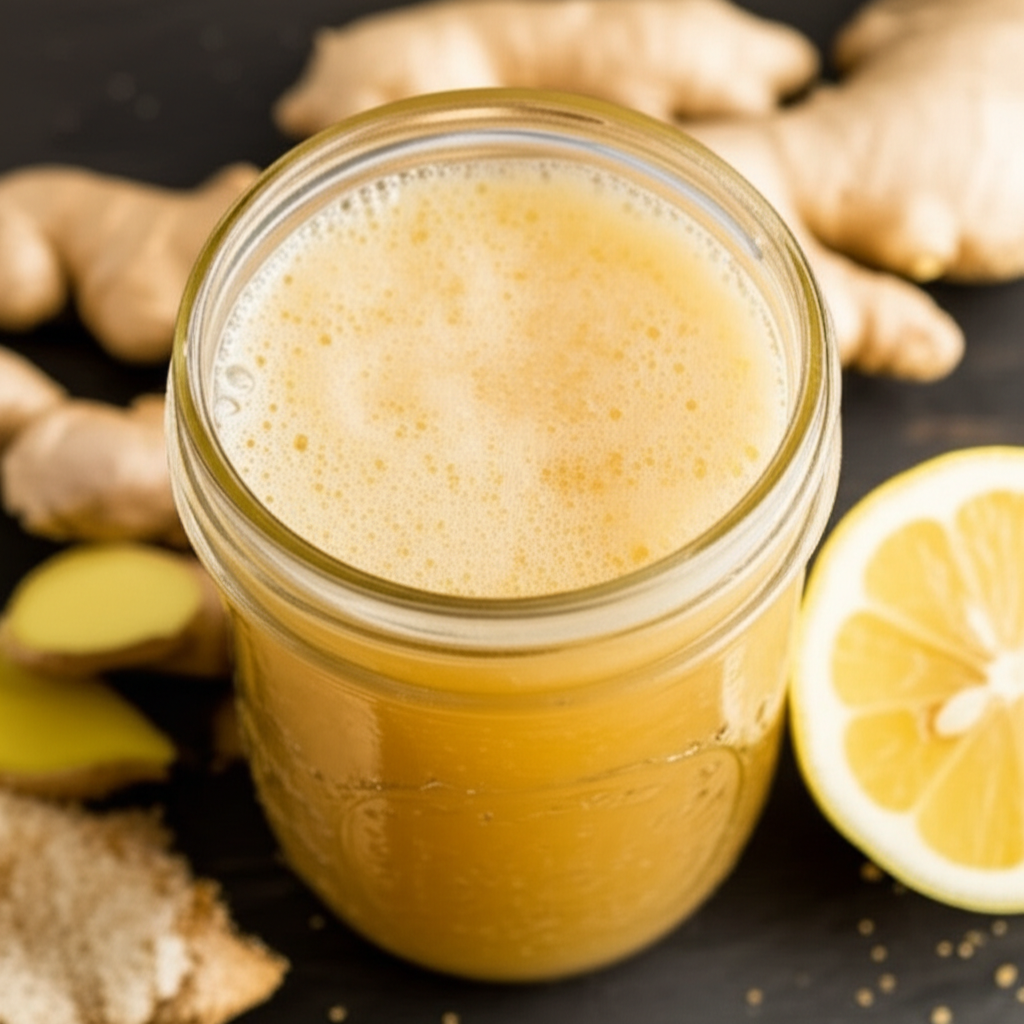
1. Use fresh, organic ginger for the best flavor and minimal pesticide residue.
2. Use non-chlorinated water to ensure healthy fermentation.
3. Feed the bug consistently (daily during initial fermentation, weekly for maintenance).
4. Observe for bubbles and a tangy aroma to confirm active fermentation.
5. Conduct the float test to confirm readiness before brewing soda.
6. Store the active ginger bug in the refrigerator to prolong its life.
7. Burp bottles during secondary soda fermentation to release excess pressure.
Pro Tips for a Thriving Ginger Bug
Organic Ginger Root: Opting for organic ginger minimizes potential pesticide exposure and often yields a more flavorful bug.
Consistent Temperature: Maintain a consistent room temperature (ideally around 70–75°F or 21–24°C) while making your starter.
Cleanliness is Key: Use clean jars and utensils to prevent the introduction of unwanted microbes.
Patience is a Virtue: Fermentation time can vary. Be patient and monitor your bug for signs of activity.
Common Pitfalls & Fixes
Mold Growth: Mold (a fuzzy, discolored growth often black or white) indicates contamination; discard and start over.
No Bubbles After a Week: If your bug shows no activity after 7 days, try a different type of sugar, ensure your water is chlorine-free, or introduce a small amount of active ginger bug from another source.
Flat Soda: Insufficient sugar or overly cool temperatures during secondary fermentation can hinder carbonation. Increase sugar in the flavor base and maintain warmer temperatures (up to 75°F) for carbonation.
FAQs
How long does a ginger bug last? With proper care and weekly feeding, a ginger bug can last indefinitely.
Can I use tap water for my ginger bug? Yes, but let it sit uncovered for 24 hours for the chlorine to dissipate. Filtered or bottled spring water is preferred for optimal yeast and bacteria growth.
* My ginger bug isn’t bubbly. What should I do? Ensure consistent feeding, use non-chlorinated water

